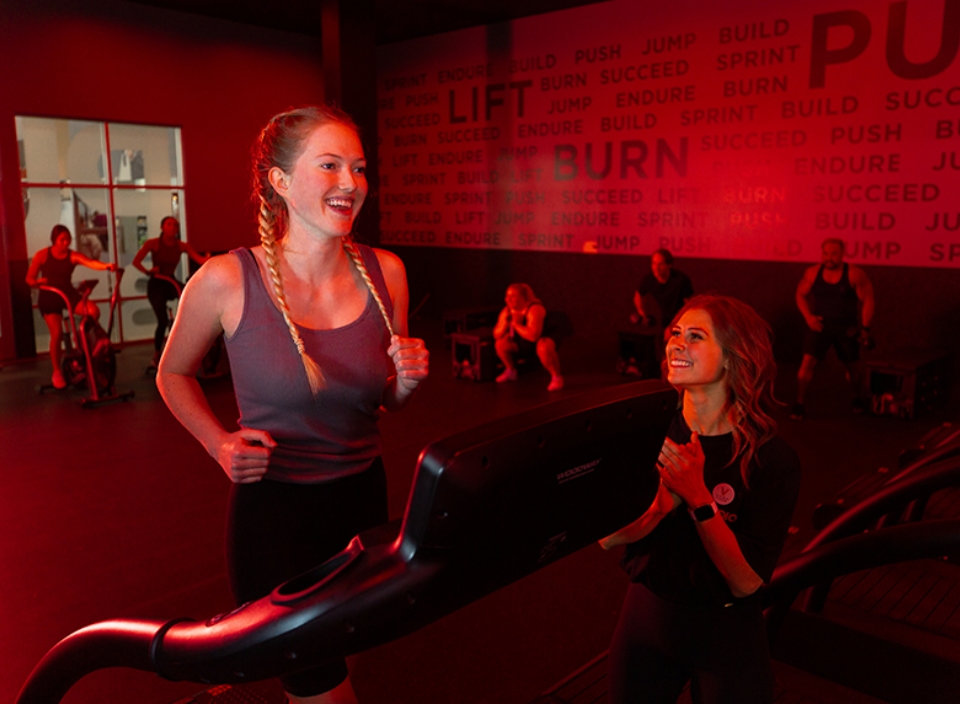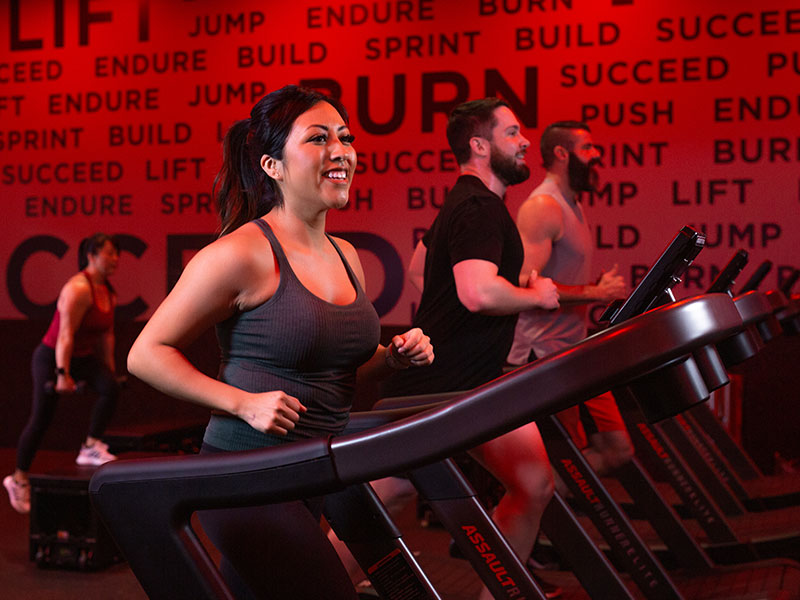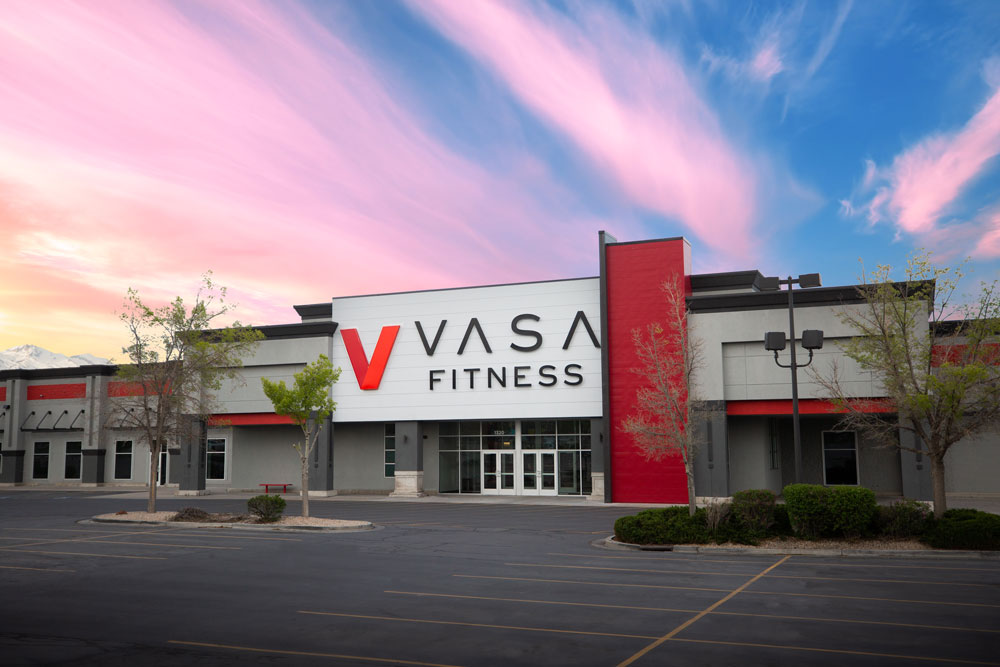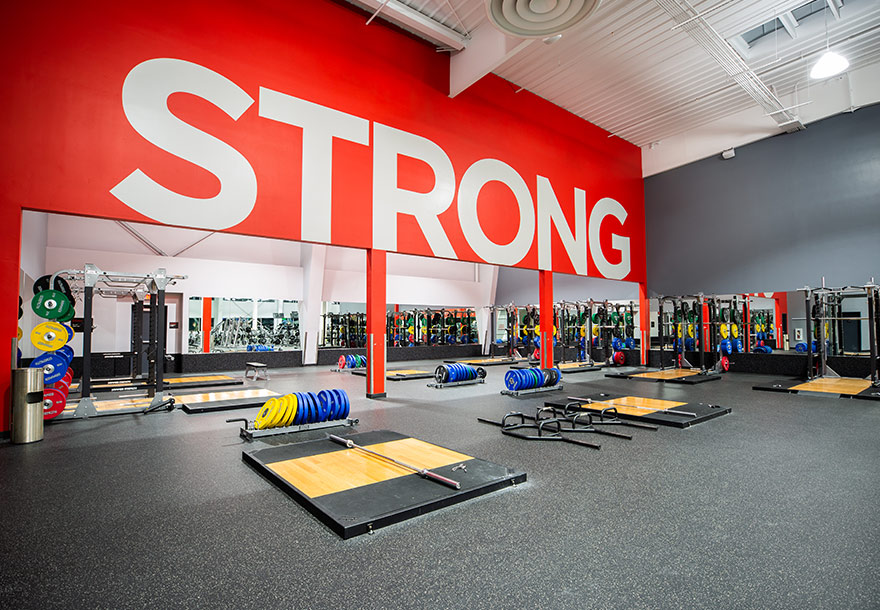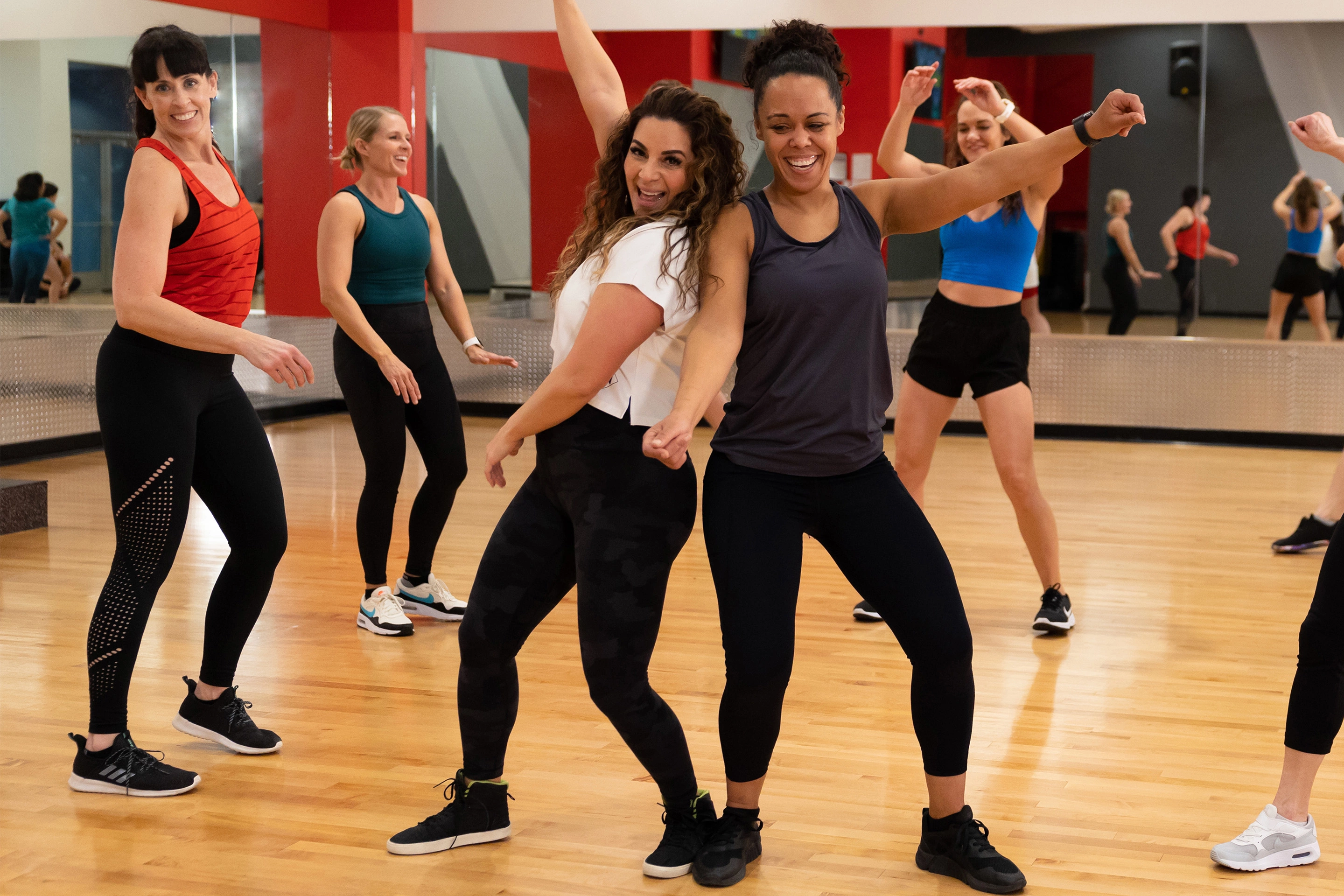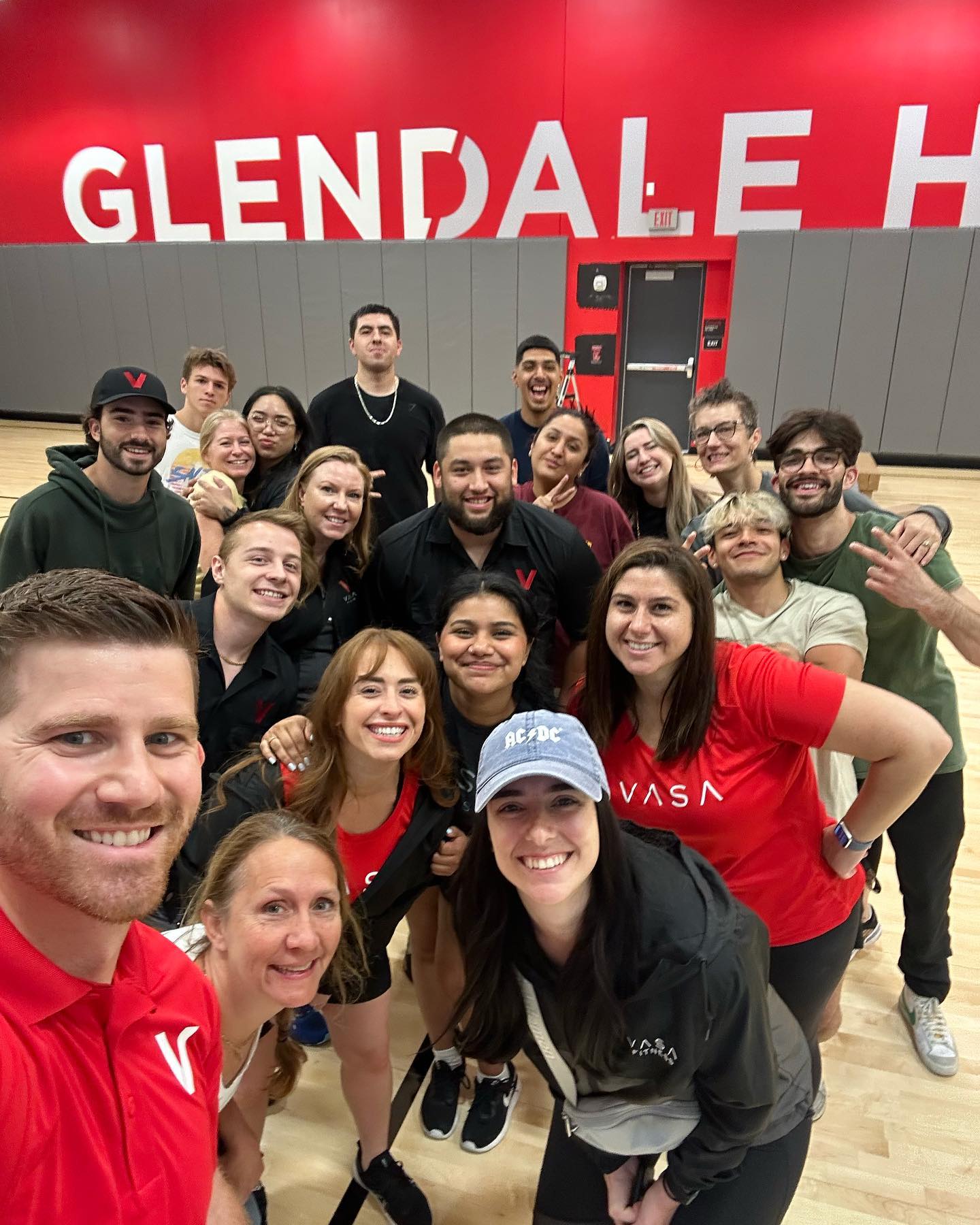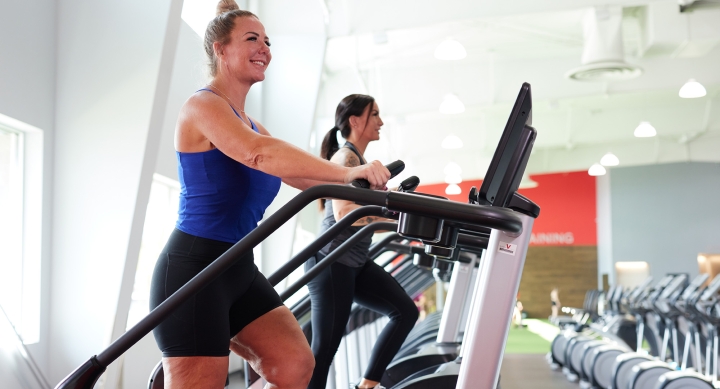What is Zone 2 Training?
Zone 2 is a buzzword that has made the rounds on social media and in training programs. Despite this, many people don’t understand what it means and how much of a positive impact it can have on health, performance, and recovery. The motto of Zone 2 cardiovascular training is “train slow to go fast”. When you train in Zone 2, you will be working at a low intensity for a long time, which positively impacts your ability to work harder during tough workouts in the future.
For distance runners, about 80% of their training is spent building a huge aerobic base, and the rest of their training focuses on speed work and race pace practice. Training at all three intensities lead to a good race day performance. For those wanting to lose body fat (like aesthetic athletes), Zone 2 work is considered the fat– burning zone because it utilizes fat as an energy source and can preserve muscle mass when in a caloric deficit.
Regardless of your fitness goals, Zone 2 cardio training has a place in your program.

The Five Training Zones
Five heart rate zones, ranges of percent of maximum heart rate, have been defined to differentiate between intensities and their effects on overall fitness. The higher zones of three through five push your ability to maintain high intensity work and tolerate higher heart rates, while lower two zones enhance blood flow and assist with recovery.
Typically, the lower zones are associated with “fat burning.” The body uses three types of fuel: carbohydrates, fats, and proteins. While all three constantly fuel the body, the intensity of work determines what your body will use first. As heart rate increases, the body utilizes less overall fat for energy production and relies more on carbohydrates for energy. Total calorie burn is generally higher per minute at higher intensities, but you are still burning fat no matter what training zone you are in.
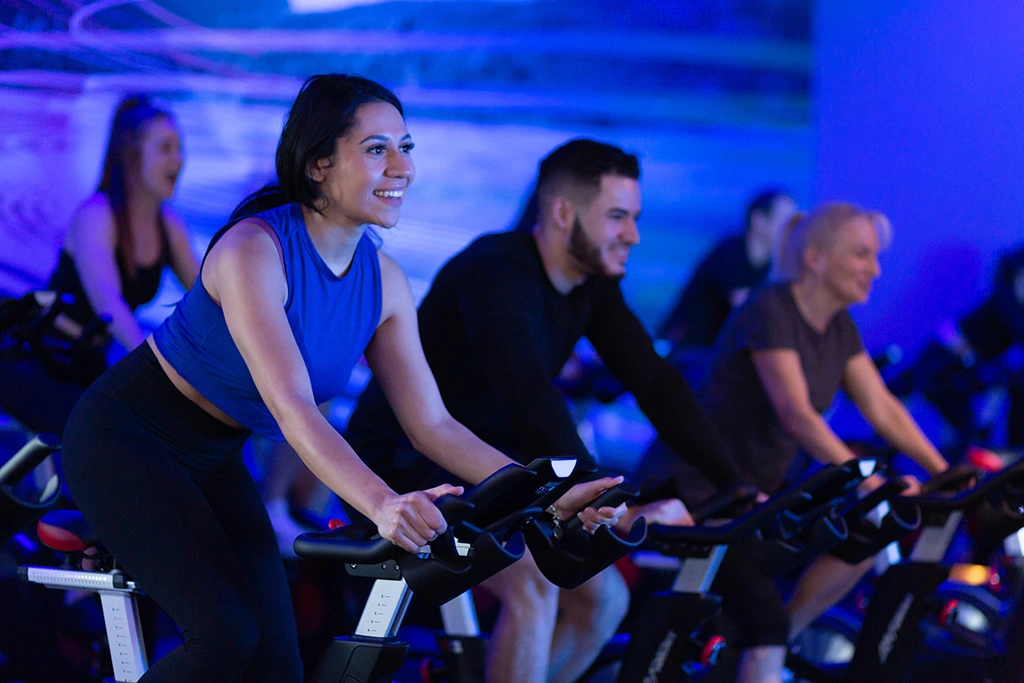
Zone 2
The body uses mostly fat and some carbohydrates as its fuel source in this training zone. For those looking to lose fat or create a powerful base for general fitness, Zone 2 prepares your body for more intense workouts by assisting in recovery. Training with HIIT-style workouts will test your highest heart rates but are not sustainable and require proper recovery between workouts for best results. The Zone 2 heart rate range—60%-69% of your maximum heart rate) can be maintained for 60+ minutes and can be done on back-to-back days if needed.
Zone 2 is the best way to recover from a hard training day. It helps your muscles utilize fuels like fat and carbohydrates more efficiently and helps your body grow new blood vessels which deliver more oxygen and fuel to your muscles. This allows your body to work harder at a lower heart rate. Spending more time in Zone 2 during cardio days will improve your performance in higher zones. It will also improve your quality of life! Zone 2 cardio training can help offset poor metabolic health so you can avoid chronic disease states like Type II Diabetes and cardiovascular disease.

Determining Your Zone 2
Finding your Zone 2 heart rate range starts with estimating your maximum heart rate. There are several ways to get this number, but an easy place to start is subtracting your age from 220.
Multiply that number by .6 and .69 to establish the target heart rate range for your Zone 2. A 30-year-old person would get their heart rate range this way:
220 – 30 = 190
190 x .6 = 114
190 x .69 = 131
The person in the example above would try to keep their heart rate between 114 beats per minute and 131 beats per minute for their Zone 2 workouts. This may seem low for the workout to be beneficial, but keep in mind, training long and slow will help you during tougher workouts. So when you’re looking for a great recovery workout or aren’t feeling motivated to get in a hard sweat session, find an activity that will keep your heart rate in Zone 2 and enjoy all the benefits that come from a long, steady workout!
SUBSCRIBE TO OUR BLOG
Enter your email to start receiving our blog emails!
